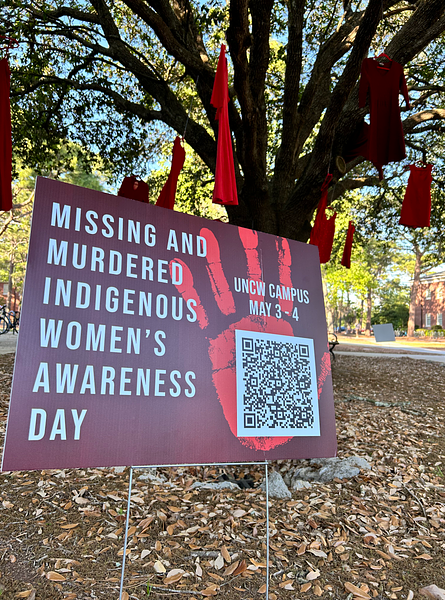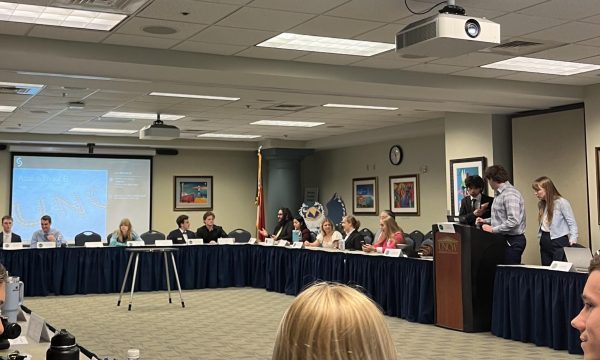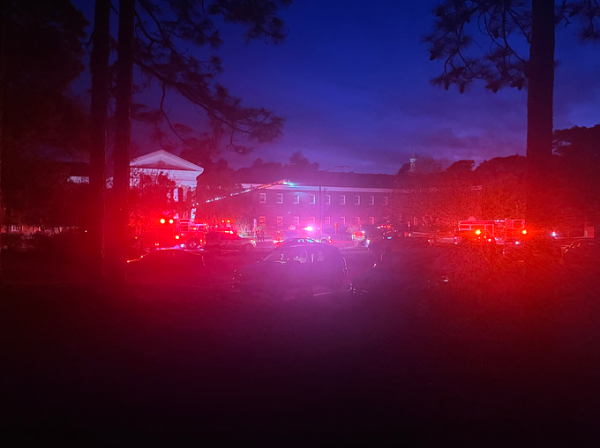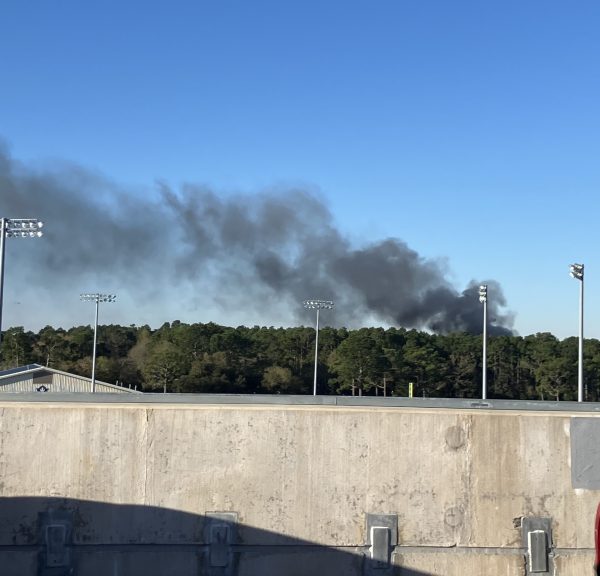The SciHawk: It’s a bird! It’s a plane! No, it’s a meteor shower
October 27, 2016
Get your wishes ready, Seahawks, because from now until Nov. 7, you’ll be able to catch a few good meteors from the Orionid meteor shower if you take a look outside.
Every year from Oct. 4 to Nov. 14, the Orionid meteor shower lights up the night sky. According to CNN, the Orionid meteors are pieces of debris left behind by Halley’s Comet when it last flew by the sun in 1986. When the Earth passes through this debris cloud left in space, the debris is pushed through our atmosphere and burns up, putting on a spectacular light show for us to see.
NASA notes that this meteor shower already peaked between Oct. 20-22, but we Seahawks are at an advantage. The beach is the perfect place to check out the night sky for a couple of reasons.
Firstly, the Orionids are named after the constellation Orion the Hunter, from which they seem to appear. Orion can be seen in the eastern part of the sky around midnight, so if you look right out over the ocean, you will be able to see some of them.
Secondly, it is likely that if you go to the beach at night when the moon is not full, you can still see some good meteors pass through because there are no lights to upstage the view.
However, NASA warns that these meteors move at a rate of about 44 miles per second. This is a pretty quick speed for a meteor, so you have to keep your eyes peeled for them.
Junior Kyndra Lawson was lucky enough to see quite a few meteors on the night of the Oct. 22.
“You had to look hard for them at first,” Lawson stated. “My eyes needed time to totally adjust to the darkness, but once they did, I saw some really clear ones that left a good trail behind them. It’s crazy to think that they’re giant, fiery rocks shooting through the atmosphere. It made me think about how interesting our world is.”
Although the peak for the Orionids has passed, NASA states there is another big meteor shower, The Leonids, coming up between Nov. 5 and Nov. 30. The Leonid meteor shower will peak from Nov. 17-18 in the hours after midnight. Luckily, Nov. 18 is a Friday, so morning classes won’t be a worry for Seahawks hoping to be at the beach late into the night.
So, fellow Seahawks, bundle up and try to catch a few good shooting stars in the evening during these next couple of months. It might not do any of us harm to wish for passing grades as this semester winds down.
The SciHawk is a weekly column on science news written by staff writer Dana Weber.














